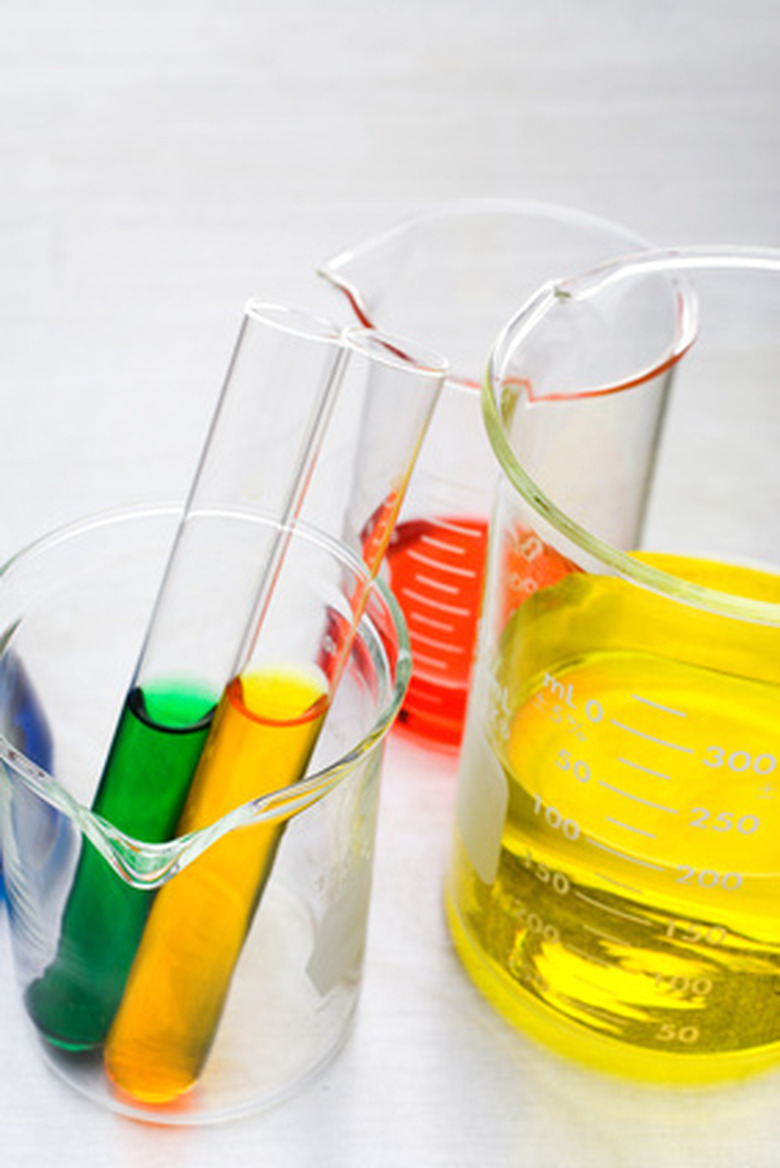Hazards Of Copper Sulfate
Copper sulfate is an ionic compound composed of copper, sulfur, and oxygen. It is a widely used, very versatile molecule. The fiber industry uses it for creating synthetic fibers. In the metal industry copper sulfate is used in copper refining. It is also utilized in the mining industry, as well as in the printing and paint making industries.
Reactivity Hazards
Reactivity Hazards
Copper sulfate may burn, but it will not ignite. There is no concern of it exploding, and if extinguishing is needed, dry carbon dioxide is the method of choice. Copper sulfate is stable at normal temperatures. When mixed with an acid, copper sulfate will dissolve; however, no products formed will be hazardous.
Health Hazards
Health Hazards
Some people may exhibit a sensitivity to copper if copper sulfate makes contact with their skin. Copper sulfate is a severe eye irritant and can cause substantial damage to the eyes. If inhaled, the dust can cause respiratory irritation. Copper sulfate should not be ingested. Doing so will cause serious diarrhea and vomiting. Copper sulfate is not a known carcinogen.
Environmental Hazards
Environmental Hazards
Copper sulfate is toxic to fish and plants, so it is important to control spills and leaks. Copper sulfate is most easily contained when dry, but liquid spills can be pumped into waste containers and disposed of. Copper sulfate containers should not be reused, and all materials should be disposed of according to local, state, and federal legislation.
References
Cite This Article
MLA
LaRoche, Carolyn. "Hazards Of Copper Sulfate" sciencing.com, https://www.sciencing.com/hazards-copper-sulfate-7609349/. 24 April 2017.
APA
LaRoche, Carolyn. (2017, April 24). Hazards Of Copper Sulfate. sciencing.com. Retrieved from https://www.sciencing.com/hazards-copper-sulfate-7609349/
Chicago
LaRoche, Carolyn. Hazards Of Copper Sulfate last modified March 24, 2022. https://www.sciencing.com/hazards-copper-sulfate-7609349/
